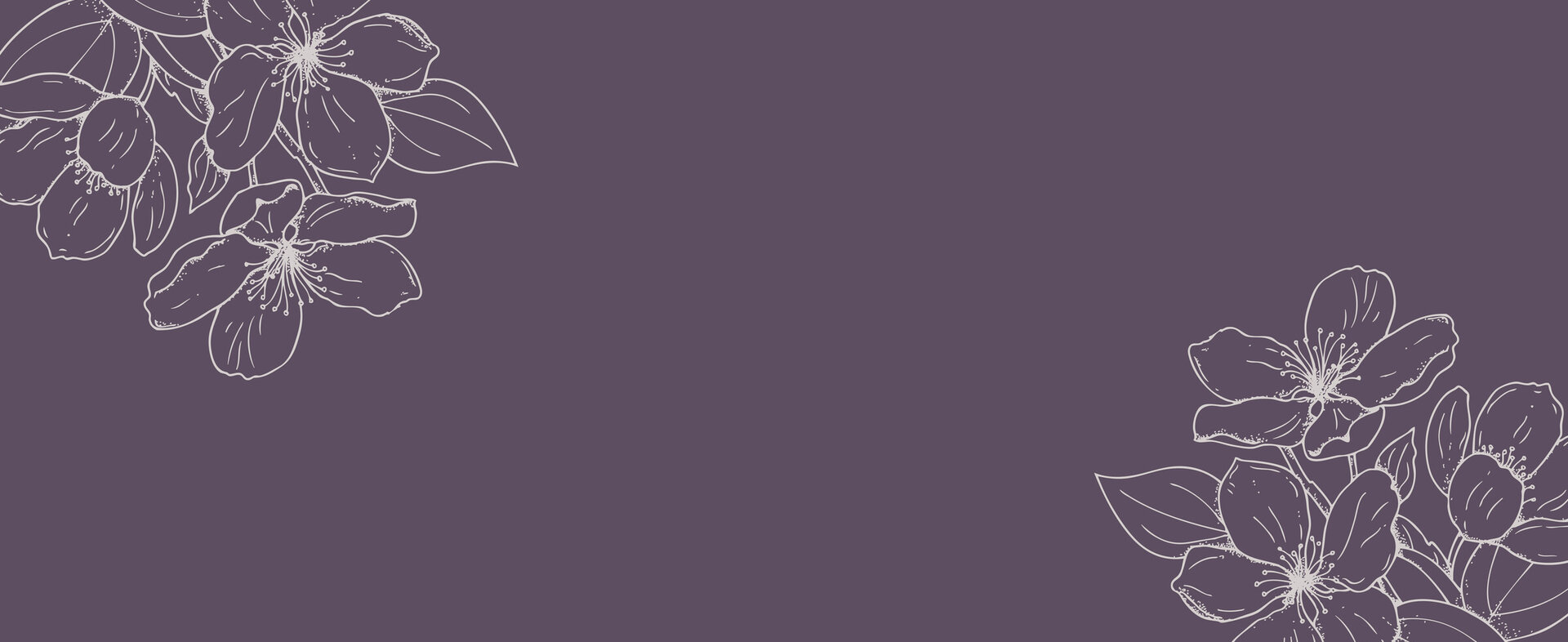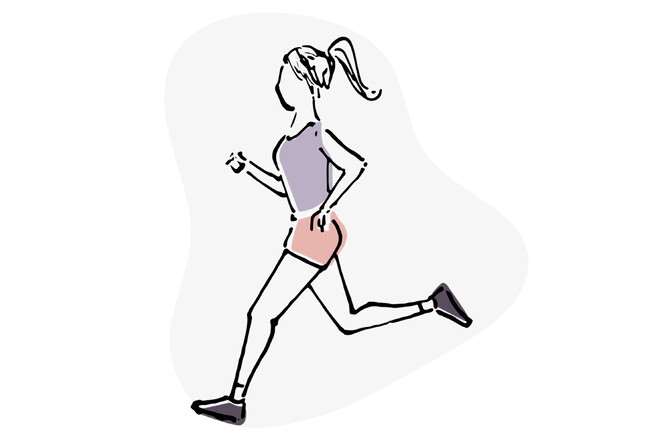POP at 28 / Story at 41
The first time I peed myself began as a beautiful day. My first baby was five days old. I was still in the afterglow of a wonderful home birth. After three days at home, I decided to venture out on a walk. My husband put baby in a wrap against his chest and we set off down the road. I shimmied along in my pregnancy jeans, feeling sore but elated to be out again. I’m a keen runner and cyclist and I was missing the outdoors.
But after a few minutes, the sky turned black. Big drops of rain began to fall. “I’ll go back quick and get the car”, I told my husband. It was less than a kilometre, no problem to jog back. But within a few strides I noticed something was wrong: my jeans were very wet. Water was gushing out; no, that was urine, spreading down my legs. Every time I took a step, I felt it spurt out. And everything felt heavy, dragging. Later that evening, I googled: ‘peeing myself after birth’. Thousands of hits, telling me that this affects one in three women. This was a thing. Why didn’t I know anything about it?
It was another nine years before I learned I had a prolapse. After that day on the walk, I mumbled something to my midwife at a follow-up visit and she reassured me that it’s common for women to have incontinence after birth. So I took things slow, easing into exercise after a few months and doing kegels. But the incontinence didn’t stop. For years, every time I ran or jumped, I leaked. I sometimes felt a heaviness and pain after standing for too long, especially before and during my period. I got back into exercise anyway, competing in triathlons and playing rugby. And I learned ways to manage the incontinence: wearing dark clothes, exercising at certain times of the day (early morning best for me, pre-coffee), using continence pads.
I eventually heard about pelvic physio from a running friend, and over the past few years I’ve been to several pelvic physios. I learned I had prolapse at my first physio appointment. I also learned that this was not something I could kegel squeeze my way out of, but something I would have to live with.
I began incorporating pelvic exercises into my morning routine (when I remembered and had the time!). I changed the way I exercise, listening to my hormonal cycle, and taking things easy around my period. I switched from long-distance marathons to shorter runs, and I took up different sports. I now do rowing, which I find easier on my pelvic floor than running. I focus on my breathing and posture when I exercise, taking care not to hold my breath when I push with my legs in the rowing boat. I use a selection of pessaries – a cube pessary for running, which gives a lot of support, and a ring pessary for rowing, when I don’t need so much support.
While on this prolapse journey, I became a social science researcher. I recently began a study on women’s experiences of living with prolapse. I found that many women still don’t talk about it, don’t know much about it, and feel powerless. Some women I interviewed hadn’t told anyone. Others had been told by partners or friends that it was ‘just one of those things’ women had to put up with. Beyond the physical symptoms, many stories were about the effect of prolapse on relationships. Some women had pain during sex, found it awkward, or felt they weren’t attractive; some had stopped going out socially and exercising; lots of women talked about the psychological effects, feeling isolated and depressed. Some had been dismissed by GPs, told that their prolapse wasn’t bad enough for surgery, but given no guidance for how to manage it. Some had been given a list of ‘DON’Ts’ from well-meaning health providers: DON’T lift heavy things, DON’T run, DON’T go tramping, DON’T jump on the trampoline with the kids, DON’T bike. So, some women had stopped moving. One woman told me she was living a ‘half-life’ because she always had anxiety that she might leak.
That idea of living a ‘half-life’ resonated with me because that’s how I felt for years. I still struggle at times. I have days when I feel great, and days when my prolapse feels heavy and I worry that it’s worsened. But I know that I can manage it, and I have support. I cried the first time a pelvic physio (living with prolapse herself) told me, “you can do stuff, you can actually get to know your body and build up your strength and get back into exercise and play with your kids and all the things you like to do, and you can actually be stronger than before because you know your body so much better”. Now I know she was right, but it has been a long road to get here.
What really annoys me about the research I’m doing is finding out that we are having the same conversation we’ve had for 25 years. Academic articles from the 1990s talked about the ‘shame’ and ‘secrecy’ surrounding prolapse. A 2020 review article notes that “the culture of secrecy and profound sense of shame is barrier to seeking help”. So little has changed! Women’s health is still invisible.
But some things are changing. A lot more is known now about conservative treatments (through pelvic physios, hormonal treatment, diet, breathing, managing constipation, urogenital microbiome, pessary management etc), holistic approaches are being trialled in the public health system, surgical approaches are using alternatives to mesh, and parliament is currently debating putting more resourcing into post-partum pelvic physio care.
I’m now trying to do my bit to reduce this ‘culture of shame’. I brazenly tell people about my prolapse – at dinner parties, with sporting groups, on the bus. And do you know what I’ve noticed? In almost all cases, other women will say, “Oh, I have that too…”, and a conversation will start.


